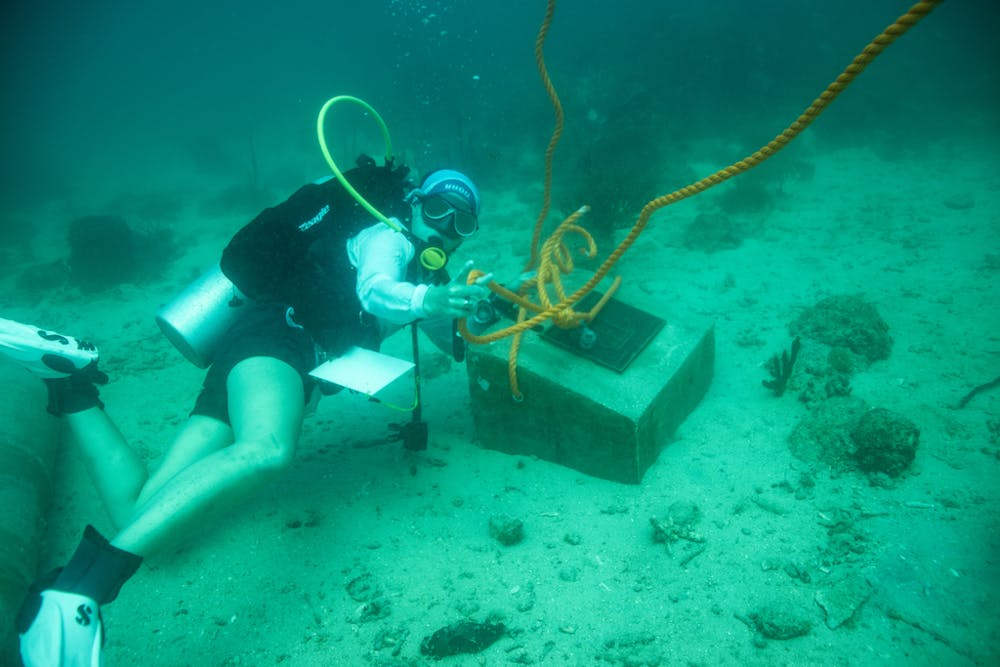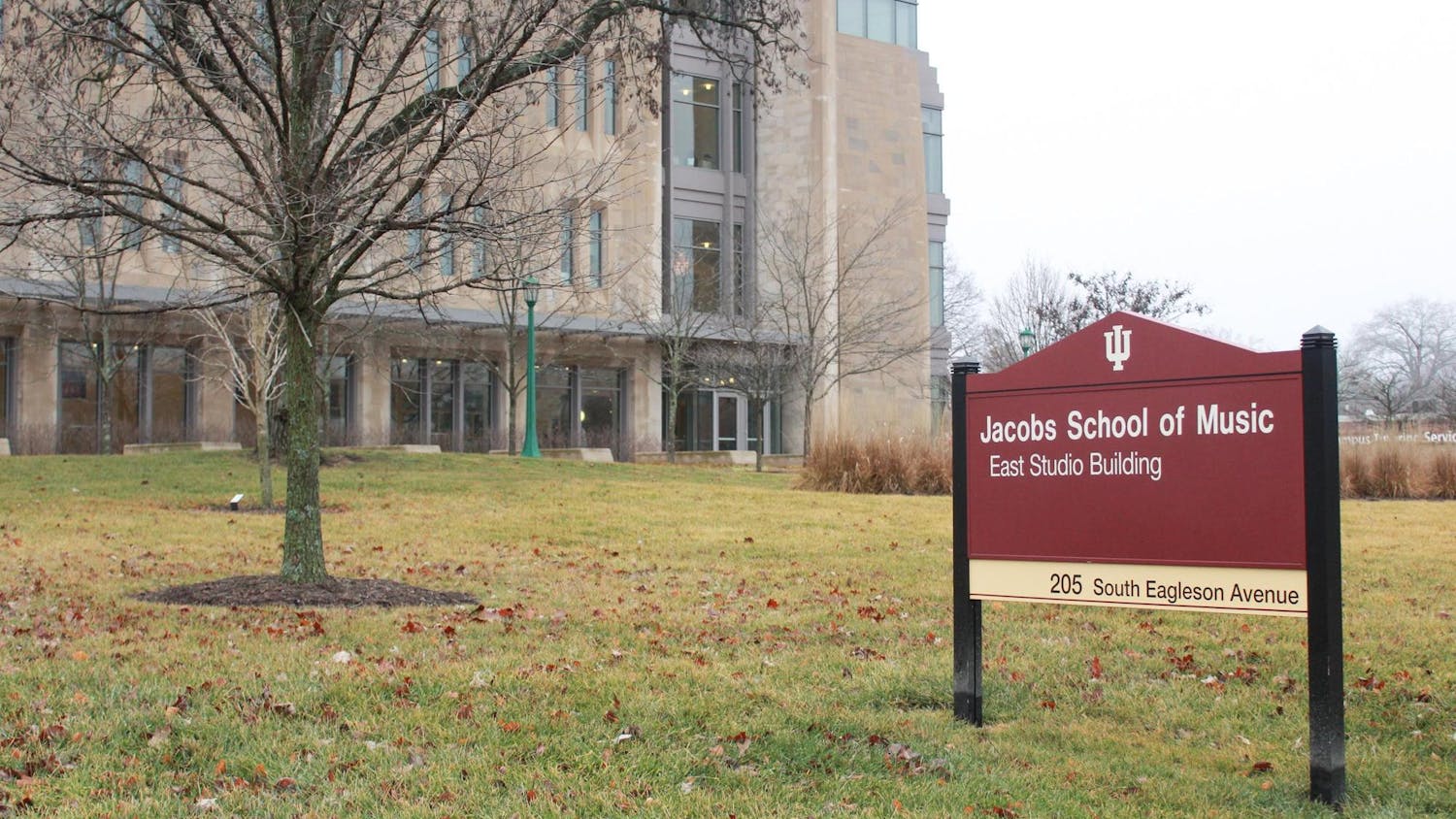Students and staff from the IU Center for Underwater Science are putting the finishing touches on its fourth Living Museum in the Sea. Living museums allow for people to interact with history and artifacts that are centuries old.
The museum, in the waters of the Dominican Republic, focuses on shipwrecks from the area from the 16th to 18th centuries. This museum features replica cannons and plaques from shipwrecks as well as more than 1,000 ceramic pieces, said Tori Galloway, guest lecturer with the Department of Kinesiology and IU alumni.
The site in the Dominican Republic is the the first IU Living Museum outside of the United States. Other sites are located in Florida and California. In the Dominican Republic, the program is creating an industry that generates sustainable museums that document the 16th through 18th centuries or the “golden age of pirates,” said Professor Charles Beeker, director of the Center for Underwater Science.
One of the largest aspects of IU’s research in the Dominican is into the activities and travels of Captain Kidd. Treasure hunters and researchers have sought Kidd’s vessel, the Quedagh Merchant, alike since its disappearance in 1699.
In 2007, the Dominican Republic’s Oficina Nacional de Patrimonio Cultural Subacuático contacted IU when a mass of cannons was found, and the center took over the underwater excavations. The Quedagh Merchant, discovered off the coast of Catalina Island, is the only academically studied pirate ship in the Carribbean, Beeker said.
The IU living museums were made possible by the Abandoned Shipwreck Act of 1988. This act made it easier for governments and companies to curate shipwrecks. The model allows for the protection of shipwrecks from looters and creates tourism opportunities.
“These museums are alternatives to treasure hunters looting sites like these,” Beeker said. “Instead of looters selling the treasure once, we can sell it forever.”
Visitors to the museum can enjoy an underwater diving experience in order to see original and replicated shipwreck artifacts. People may also visit an above ground museum to see other protected shipwreck artifacts. These artifacts are protected from treasure hunters so that they may be preserved for the future, Beeker said.
“It’s a maritime museum that you can interact with,” Beeker said, “It’s not a stuffy place where you can’t touch or get close to anything. We want to see this open to everyone.”
The research and artifact conservation for the Living Museum in the Dominican has been in the works since at least 1996 and involved the cooperation of several partners. The museum was curated in partnership with the Environment, Culture and Tourism Ministries of the Dominican Republic and the Dominican Navy, said Galloway.
The team will continue to travel to Santo Domingo over the next several weeks in preparation for the dedication ceremony of the museum, located in the Colonial City of Santo Domingo, a neighborhood named a World Heritage site in the city.
The center is already planning for future projects and research. One major project in the works is the search for missing ships from Columbus’ second voyage, when several of his ships reportedly sunk outside the bay of La Isabela. The center’s search for these ships and curation of the museums are focusing on the academic, environmental and tourism benefits they will provide to IU, the Dominican Republic and tourists from across the world, Beeker said.
“We have a saying down here," Beeker said. "'Take only pictures, and leave only bubbles.”




